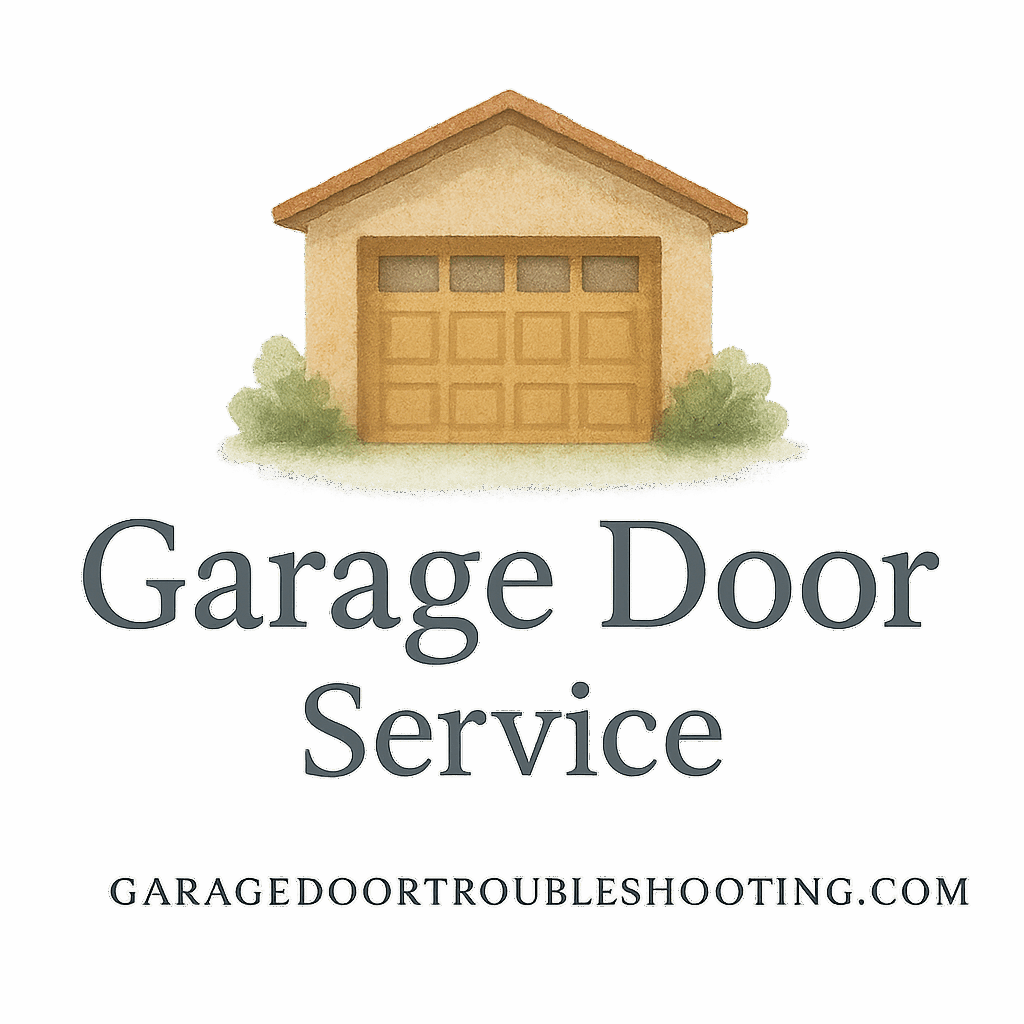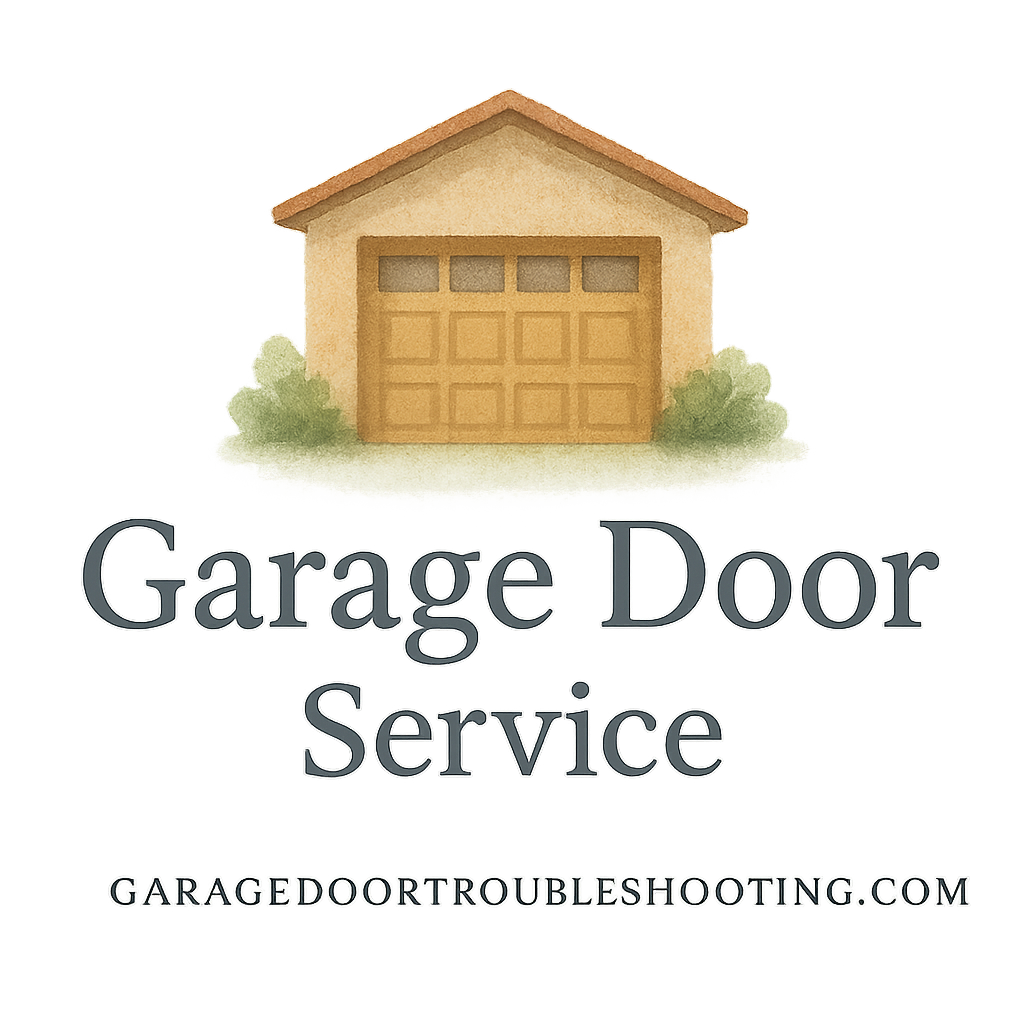Why Roller Garage Doors Need Regular Attention
Your roller garage door works hard every single day—opening, closing, and protecting your home. But just like any other mechanical system, it wears out over time. Without proper care, you might face unexpected breakdowns, expensive repairs, or even safety hazards. Giving your roller garage door consistent maintenance helps extend its life and keeps it running smoothly.
For homeowners looking for expert guides, you can explore garage door maintenance tips for even more insights.
Common Problems With Roller Garage Doors
Roller garage doors, while durable, often face issues like:
- Noisy operations caused by lack of lubrication.
- Misaligned rollers leading to jerky movement.
- Worn-out springs making the door heavy.
- Damaged weather seals that let in dust and pests.
These problems may sound small, but if ignored, they can snowball into costly repairs.
Signs That Your Garage Door Needs Immediate Repair
Wondering if it’s time for a quick DIY fix? Watch out for these red flags:
- The door feels heavy when lifting manually.
- It gets stuck mid-way.
- Grinding or squeaking noises persist.
- Visible dents or cracked rollers.
If you notice these, roll up your sleeves—it’s DIY time!
Safety First: Precautions Before Starting DIY Repairs
Before you jump in, remember: garage doors are heavy, and their springs hold immense tension. One wrong move can cause injury. Always take safety precautions seriously.
Check out garage door safety and security for essential tips every homeowner should know.
Essential Tools You’ll Need
You don’t need a fancy toolkit. Most DIY roller garage door repairs can be done with:
- Screwdrivers
- Adjustable wrench
- Pliers
- Garage door lubricant
- Cleaning cloths
- Replacement rollers or seals
When to Call a Professional Instead of DIY
Not all repairs are safe to attempt. If the problem involves torsion springs or complex electrical issues, skip the DIY route and get help from garage door services professionals.
DIY Trick #1: Regular Cleaning of Tracks and Rollers
Dust and debris are enemies of smooth roller movement. Clean tracks with a dry cloth and mild detergent. A clean track reduces friction, preventing unnecessary wear.
DIY Trick #2: Proper Lubrication of Moving Parts
Lubrication is the magic potion for roller garage doors. Apply a silicone-based spray to rollers, hinges, and springs every few months. Avoid using grease—it attracts dirt.
DIY Trick #3: Tightening Loose Nuts and Bolts
With daily use, nuts and bolts gradually loosen. Check them monthly and tighten any that feel wobbly. This simple step prevents shaky operations and extends the life of your door.
DIY Trick #4: Checking and Replacing Weather Stripping
Weather stripping keeps your garage sealed against rain, dust, and pests. If it looks cracked or brittle, replace it right away. This not only improves door longevity but also saves energy.
DIY Trick #5: Balancing the Garage Door
A balanced door moves evenly. Disconnect the opener and manually lift the door halfway. If it stays, it’s balanced. If it slams shut, the springs may need adjustment—this one’s often better handled by pros.
DIY Trick #6: Adjusting the Roller Alignment
Misaligned rollers cause scraping noises. Use a level to check alignment and adjust brackets carefully. Don’t force it; gentle tweaks usually do the trick.

DIY Trick #7: Inspecting and Replacing Worn-Out Rollers
Old rollers can crack or chip, leading to rough movement. Swap them out with nylon rollers—they’re quieter and longer-lasting. This is one of the most effective DIY fixes.
DIY Trick #8: Testing and Maintaining the Springs
Springs carry most of the load. If they look rusty, lubricate them. If they’re stretched out, it’s time for a replacement—but call a pro for that since springs can be dangerous.
DIY Trick #9: Ensuring Remote and Sensor Functionality
Your door opener isn’t just mechanical—it’s electronic too. Clean the sensors with a soft cloth and check the remote batteries. A simple reset often solves connectivity issues.
DIY Trick #10: Patching Small Dents on the Door Surface
Dents not only look bad but can affect movement. For small dents, apply heat with a hairdryer and then cool with compressed air—it helps the panel pop back. For severe damage, replacement panels may be needed.
DIY Trick #11: Setting Up a Preventive Maintenance Plan
Consistency is key. Create a maintenance checklist and schedule inspections every three months. You can also explore guides on maintenance plans for long-term strategies.
Mistakes to Avoid in Roller Garage Door DIY Repairs
Many homeowners rush into DIY repairs and end up making things worse. Avoid these common mistakes:
- Ignoring lubrication.
- Using the wrong tools.
- Attempting dangerous repairs like torsion spring replacement.
For detailed guides, browse through garage door repair resources to avoid costly blunders.
Why Dangerous Repairs Should Be Left to Professionals
Tasks like spring replacement or motor repair can be risky. That’s where hiring a professional provider makes more sense than taking risks yourself.
Benefits of Long-Lasting DIY Repairs
DIY roller garage door care saves you money, keeps your home safe, and extends the lifespan of your door. Plus, it gives you peace of mind knowing your garage door won’t give out unexpectedly.
For planning ahead, see more on garage door installation advice and upgrade tips for homeowners.
Conclusion
Your roller garage door deserves attention just like any other part of your home. By following these 11 DIY tricks for long-lasting roller garage door repairs, you can save money, keep your home secure, and extend the lifespan of your system. But remember—know your limits. Some repairs are best left to professionals. With regular care and preventive steps, you can enjoy a smooth, quiet, and reliable roller garage door for years to come.
FAQs
1. How often should I lubricate my roller garage door?
Every 3–4 months is ideal, depending on usage and climate conditions.
2. Can I replace the rollers myself without professional help?
Yes, if you follow safety steps and use proper tools. Nylon rollers are easier to install.
3. What’s the most common cause of roller garage door noise?
Lack of lubrication and worn-out rollers are the biggest culprits.
4. How do I know if my springs are too worn to repair?
If your door feels heavy or the springs look stretched or rusty, it’s time for replacement.
5. Is it safe to paint over dents after repairs?
Yes, once dents are fixed, a fresh coat of paint can improve appearance and add protection.
6. Should I invest in a professional maintenance contract?
If you’re not consistent with DIY care, a service contract ensures regular professional maintenance.
7. What’s the best DIY trick for long-term roller garage door health?
Regular cleaning, lubrication, and inspections—together they make the biggest difference.


